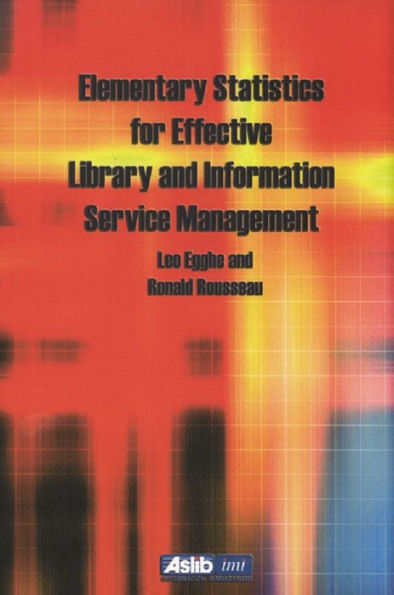This title describes how best to use statistical data to produce professional reports on library activities. The authors cover data gathering, sampling, graphical representation of data and summary statistics from data, and also include a section on trend analysis. A full bibliography and a subject index make this a key title for any information professional..
1117040072
Elementary Statistics for Effective Library and Information Service Management
This title describes how best to use statistical data to produce professional reports on library activities. The authors cover data gathering, sampling, graphical representation of data and summary statistics from data, and also include a section on trend analysis. A full bibliography and a subject index make this a key title for any information professional..
74.99
In Stock
5
1

Elementary Statistics for Effective Library and Information Service Management
126
Elementary Statistics for Effective Library and Information Service Management
126Related collections and offers
74.99
In Stock

Product Details
| ISBN-13: | 9781135476366 |
|---|---|
| Publisher: | Taylor & Francis |
| Publication date: | 09/02/2003 |
| Sold by: | Barnes & Noble |
| Format: | eBook |
| Pages: | 126 |
| File size: | 3 MB |
About the Author
From the B&N Reads Blog
